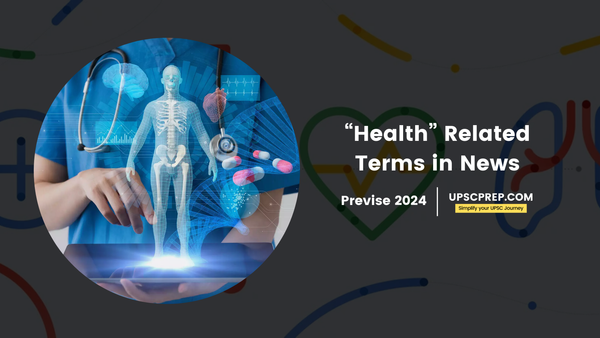Table of contents
Let us explore the cutting-edge research, disease outbreaks, and public health initiatives, and ensure you possess the knowledge to navigate health news with confidence.
This understanding will not only enrich your general awareness but also prove valuable for the UPSC exam, where health and its social dimensions are frequently tested.
Brain-Computer Interface
- Elon Musk's company Neuralink installed a wireless brain-computer interface (BCI) implant in a human patient.
- It showed neuron spike detection in which electrical and chemical signals are used to send information around the brain and body.
- Brain–Computer Interface determines functional intent i.e the desire to change, move, control, or interact with environment - directly from brain activity.
- The techniques to measure brain activity include electro-encephalography and functional Magnetic Resonance Imaging (MRI).

PRET Initiative
- It stands for Preparedness and Resilience For Emerging Threats (PRET) Initiative.
- It is a multi dimensional approach to build on preparedness for pandemic.
- It will provide a platform for collaboration and strengthening preparedness at national, regional and global level.
- It will operate under the International Health Regulations which is a legally binding agreement of 196 States Parties.
Nuclear Medicine
- Nuclear Medicine involves use of radioactive tracers (radiopharmaceuticals) to assess, diagnose and treat disease.
- An initiative is taken by Russia under BRICS to collaborate in Nuclear Medicine in which radioactive tracers are used to find problems inside the body.
- The tracers emit particles that are detected and turned into an image, with help of specially designed cameras, to help find problems in organs etc.
- Cobalt-60 and its isotope is used for radiation therapy.
- Single photon emission computed tomography and positron emission tomography scans are the most common imaging modalities.
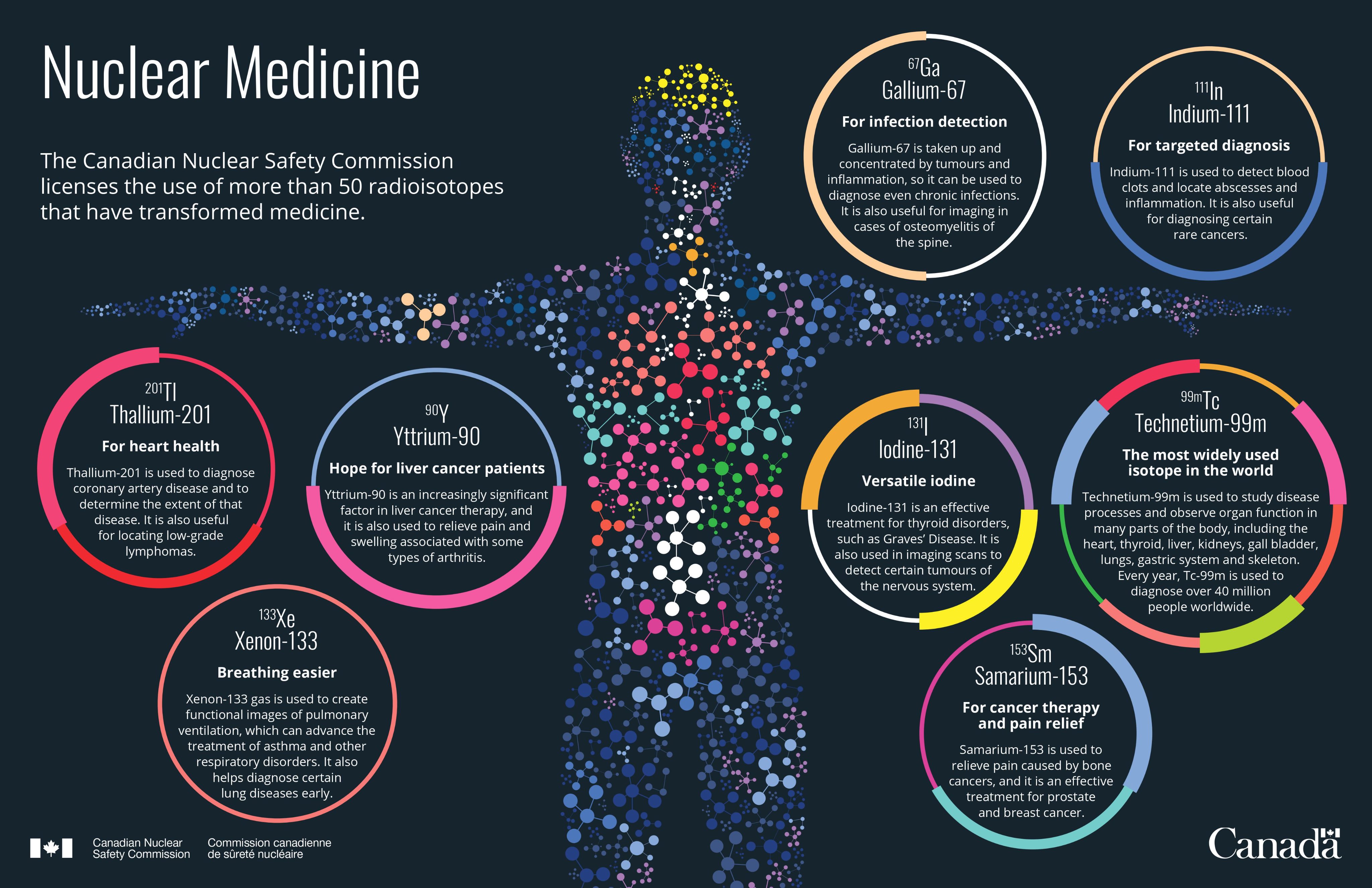
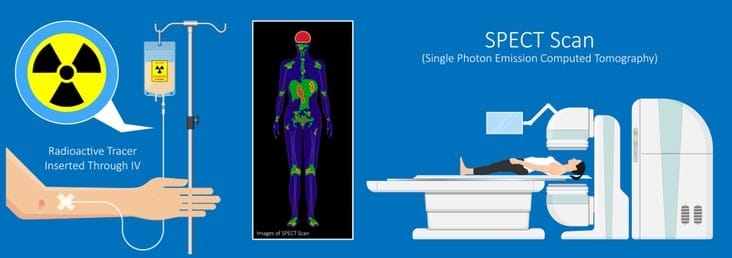

Optical Tweezers
- Researchers at Raman Research Institute have studied structural details of Laponite, a synthetic clay, using optical tweezers.
- Optical tweezers use a highly focused laser beam to maneuver microscopic and sub-microscopic objects like atoms, nanoparticles etc like a tweezer.
- A study was done on synthetic clay to examine its dynamics and hidden structural details.
- It also uses optical levitation in which an object is held in air or vacuum without additional support.
- The Nobel Prize in Physics for the ‘optical tweezers and their application to biological systems’ was won by Arthur Ashkin in 2018.
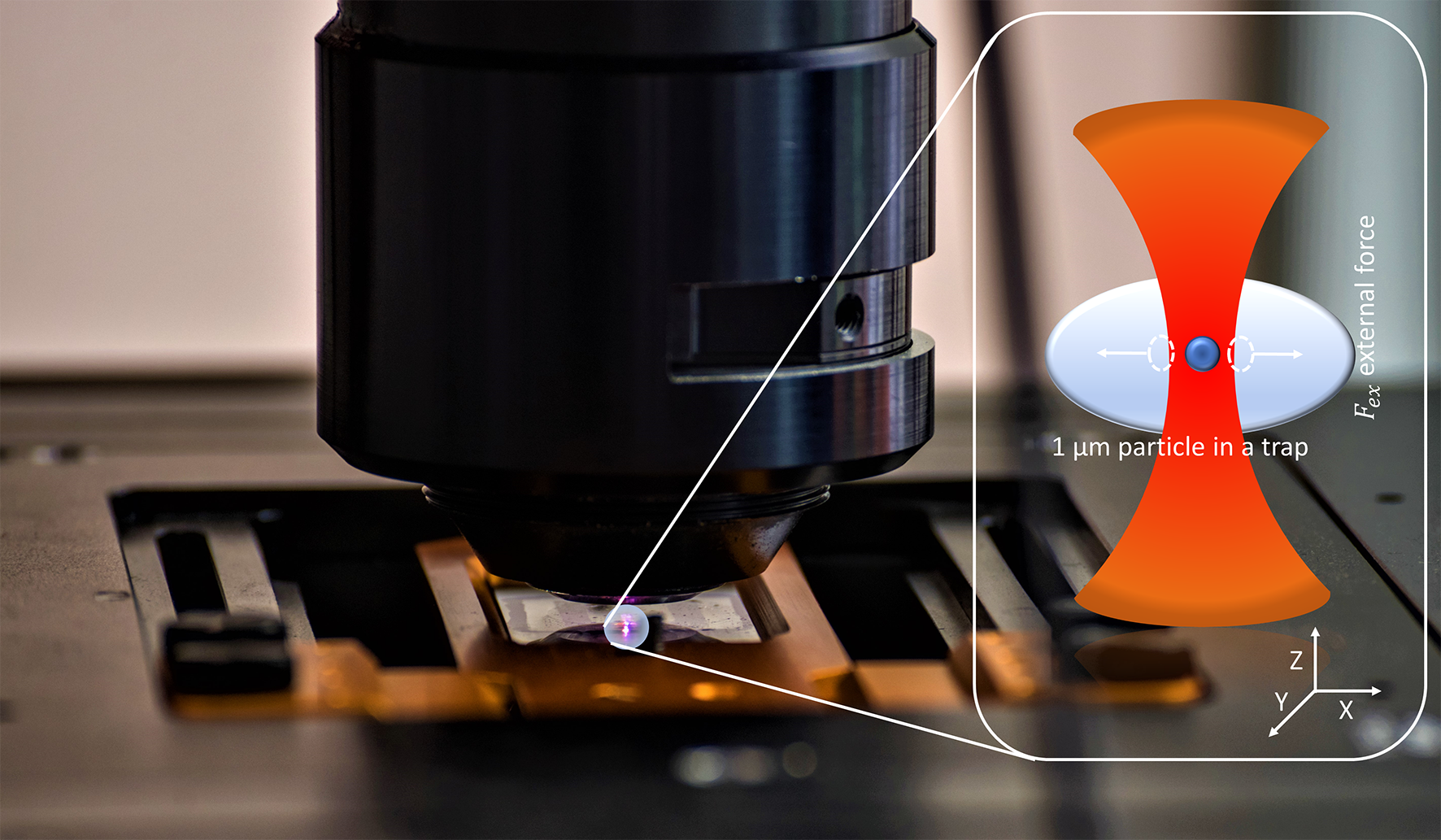
Organ on Chips
- Organ on Chips are micro-engineered biomimetic systems that reflect the structural and functional characteristics of human tissue.
- These are systems which contain natural or artificial tissues growing inside microfluidic chips and recapitulate the complex structures and functions of living human organs.
- These chips are lined with living human cells to control cell microenvironment and maintain tissue-specific functions for overall functionality.
- The chips have tiny fluidic channels that reproduce blood and/or air flow just like the human body.

Rare Diseases
- The Ministry of Health and Family Welfare has introduced generic drugs for treating four rare diseases like:
- Gaucher's Disease
- Wilson’s Disease
- Tyrosinemia-Type 1
- Dravet or Lennox Gastaut Syndrome
Rare Disease is a lifelong genetic disease or disorder with prevalence of 1 or less per 1000 population.
- It affects 5% of the world's population.
- Some important initiatives for rare diseases include-
- National Policy for Rare Diseases 2021.
- Drugs for rare diseases are exempted from Basic Customs Duty.
- Production Linked Incentive Scheme for orphan drugs (drugs of rare diseases).
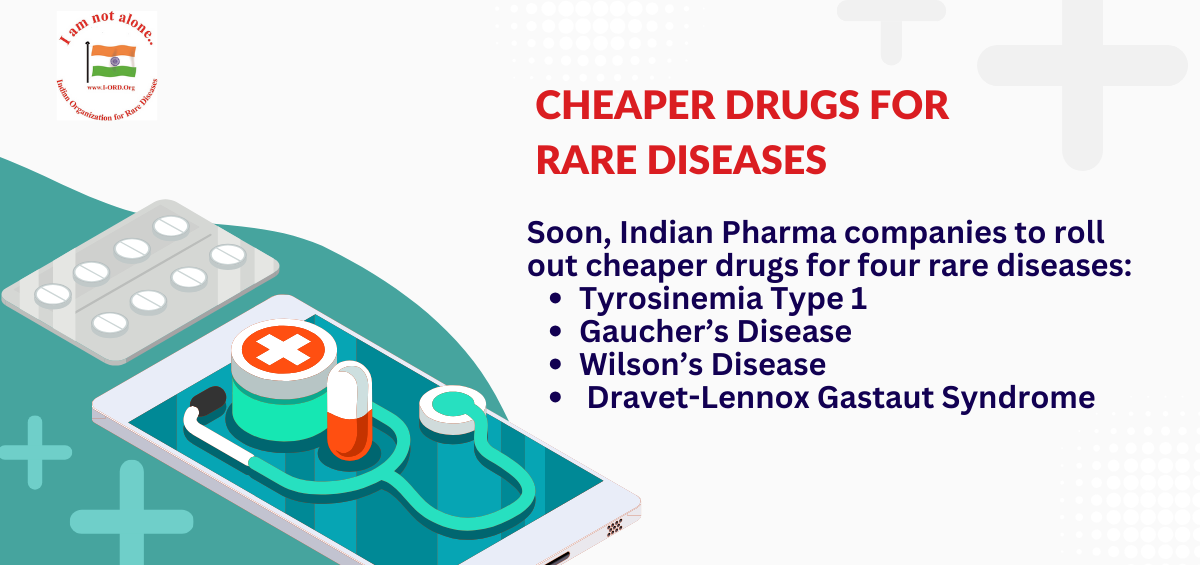
Inverse Vaccine
- Inverse vaccine was developed recently against autoimmune diseases, in which the immune system attacks healthy tissues of the body. e.g Hashimoto thyroiditis, Multiple sclerosis etc.
- This vaccine uses a special property of the liver that makes the immune system forget a specific molecule making the autoimmune disease causing molecules not harmful to the body.
- Inverse vaccine combines an antigen (a molecule that the immune system attacks) and a molecule that looks like a part of an old cell to trigger body response.
- When the liver recognises parts of old cells as “friends” and tricks the immune system the antigens are not attacked.
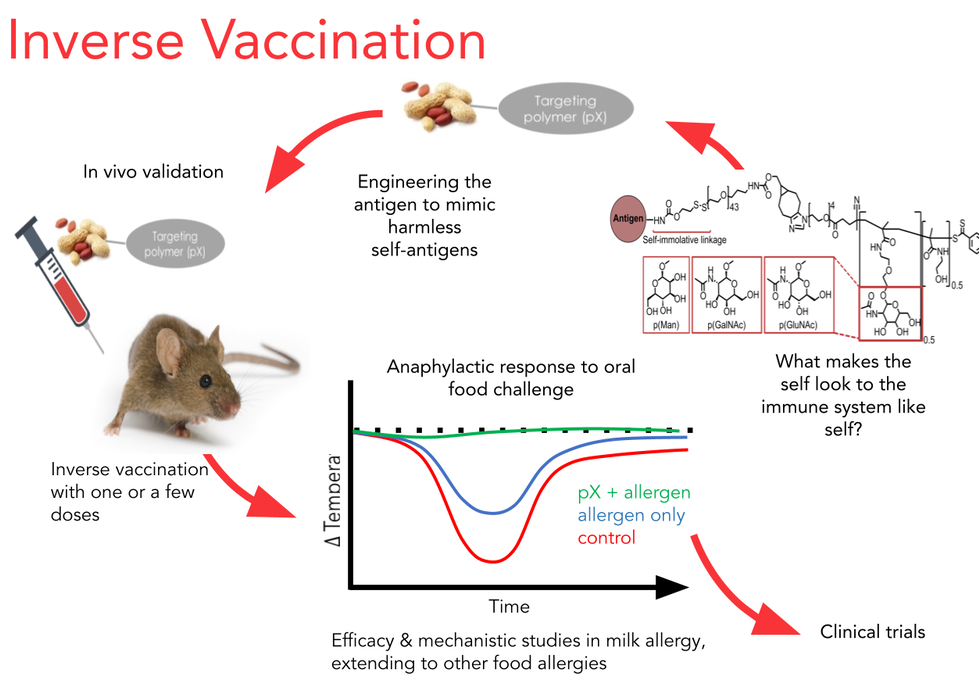
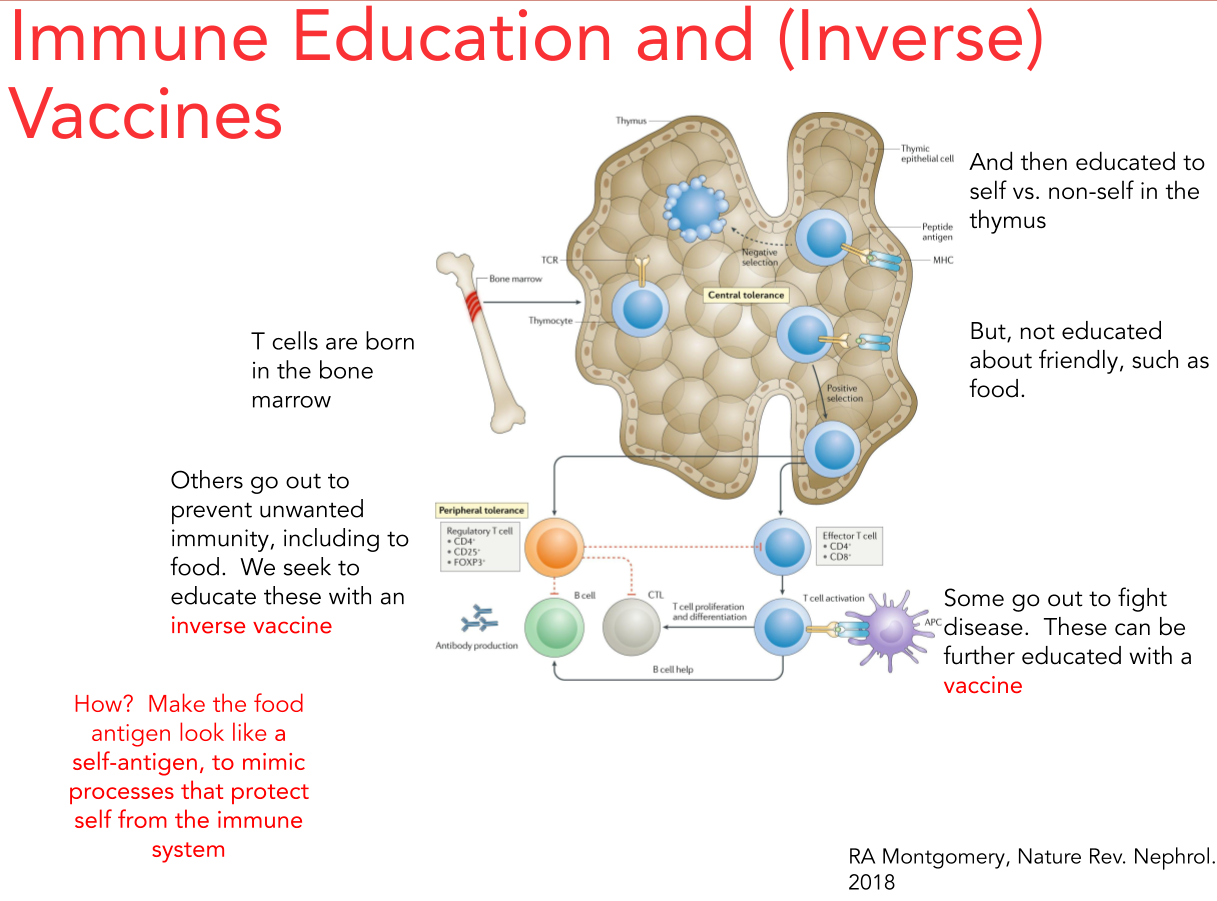
Non-Sugar Sweetener
- The International Agency for Research on Cancer reported that non-sugar sweetener aspartame can be a possible carcinogen.
- It is used commonly to control weight gain due to no calories but it has higher sweetness intensity per gram than sugar.
- Foods and beverages with low calorie sweeteners are marketed as “sugar-free” or “diet.”
- Some examples of Non-sugar sweeteners include Neotame, Sucralose, Sorbitol, Thaumatin etc.



